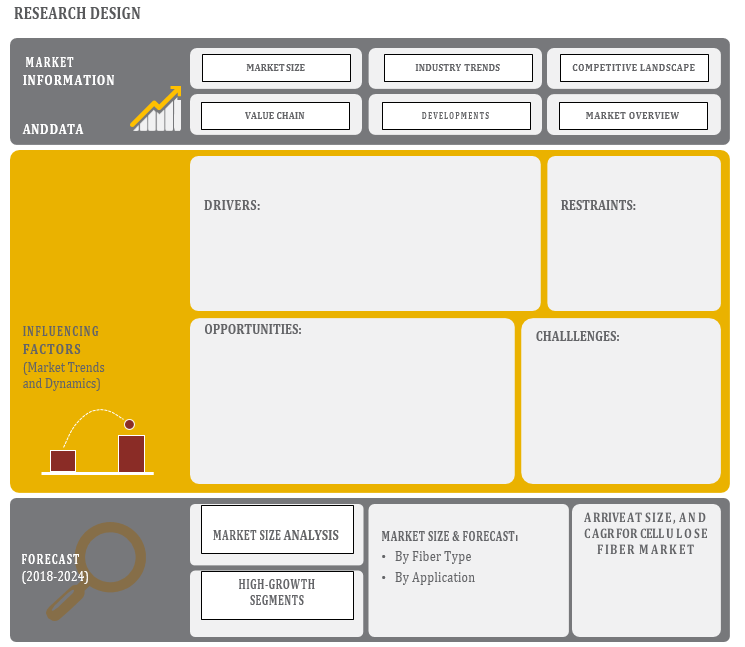OVERVIEW
The Global Antifreeze Market is expected to grow at a CAGR of 6.23% during the forecast period 2019-2024. Increasing vehicle production in around the world, particularly of sports utility vehicles (SUV) and light trucks, and the growing trend of technologically advanced additives are propelling the demand for the market. Additionally, growing vehicle PARC and increased miles traveled per year are expected to drive the demand for antifreeze in aftermarket segment.








TABLE OF CONTENT
1 Global Antifreeze Market – Overview
1.1 Study Objectives
1.2 Market Definition
1.3 Study Scope
1.3.1 Markets Covered
1.3.2 Geographic Scope
2 RESEARCH METHODOLOGY
2.1 Research Data
2.1.1 Secondary Data
2.1.1.1 Key Data From Secondary Sources
2.1.2 Primary Data
2.1.2.1 Key Data From Primary Sources
2.1.2.2 Key Industry Insights
2.1.2.3 Breakdown of Primaries
2.2 Market Size Estimation
2.2.1 Bottom-Up Approach
2.2.2 Top-Down Approach
2.3 Market Breakdown and Data Triangulation
2.4 Research Assumptions
3 Global Antifreeze Market – Executive Summary
3.1 Market Revenue, Market Size and Key Trends by Company
3.2 Key Trends by type of Application
3.3 Key Trends segmented by Geography
4 Global Antifreeze Market – Comparative Analysis
4.1 Product Benchmarking – Top 10 companies
4.2 Top 5 Financials Analysis
4.3 Market Value split by Top 10 companies
4.4 Patent Analysis – Top 10 companies
4.5 Pricing Analysis
5 Global Antifreeze Market – Industry Market Entry Scenario
5.1 Regulatory Framework Overview
5.2 New Business and Ease of Doing business index
5.3 Case studies of successful ventures
5.4 Customer Analysis – Top 10 companies
6 Global Antifreeze Market – Market Forces
6.1 Introduction
6.2 Market Dynamics
6.2.1 Drivers
6.2.2 Challenges
6.3 Porters Analysis of Market
6.3.1 Bargaining power of suppliers
6.3.2 Bargaining powers of customers
6.3.3 Threat of new entrants
6.3.4 Rivalry among existing players
6.3.5 Threat of substitutes
7 Global Antifreeze Market – Strategic Analysis
7.1 Value Chain analysis
7.2 Product Life Cycle
7.3 Supplier and distributor analysis (Market share and product dealing strategies)
8 Global Antifreeze Market – By Product (Market Size – & million/billion)
8.1 Ethylene Glycol
8.2 Propylene Glycol
8.3 Glycerin
9 Global Antifreeze Market – By Technology
9.1 Organic Acid Technology Antifreeze (OAT)
9.2 Inorganic Acid Technology Antifreeze (IAT)
9.3 Hybrid Organic Acid Technology (HOAT)
10 Global Antifreeze Market – By Application
10.1 Automobile
10.2 Aerospace
10.3 Industrial Heat transfer and Cooling System
10.4 Others
11 Global Antifreeze Market – By Geography (Market Size – & million/billion)
11.1 Introduction
11.2 North America
11.2.1 US
11.2.2 Canada
11.2.3 Mexico
11.3 Europe
11.3.1 U.K
11.3.2 Germany
11.3.3 Italy
11.3.4 France
11.3.5 Spain
11.3.6 Rest of Europe
11.4 Asia-Pacific
11.4.1 China
11.4.2 Japan
11.4.3 India
11.4.4 South Korea
11.4.5 Rest of APAC
11.5 Rest of the World
11.5.1 South America
11.5.2 Middle East
11.5.3 Africa
12 Global Antifreeze Market – Entropy
12.1 New product launches
12.2 M&A's, collaborations, JVs and partnerships
13 Global Antifreeze Market Company Profile (Key Players)
13.1 Market Share, Company Revenue, Products, M&A, Developments
13.2 BASF SE
13.3 BP P.L.C.
13.4 China Petrochemical Corporation
13.5 Royal Dutch Shell PLC
13.6 Exxon Mobil Corporation
13.7 Cummins Inc.
13.8 Total
13.9 Chevron Corporation
13.10 Motul
13.11 Prestone Products Corporation
13.12 Company 11 & more
14 Global Antifreeze Market – Appendix
14.1 Sources
14.2 Abbreviations













